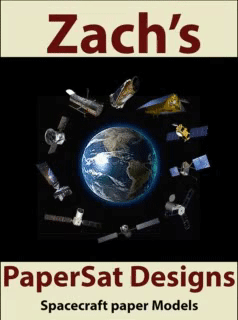
Other Paper Model Websites
Miniature Satellites
1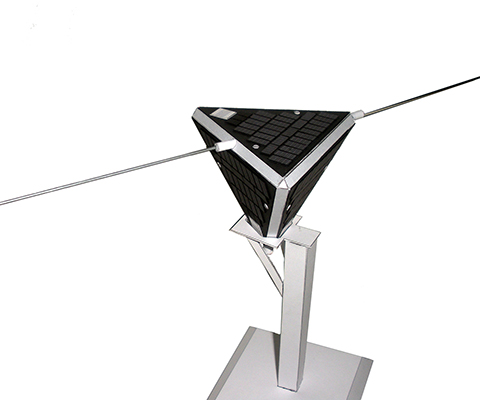 2
2
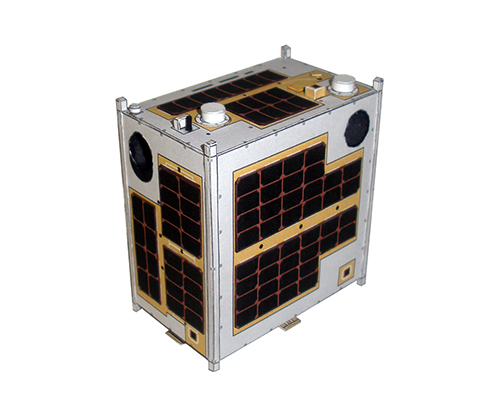 3
3
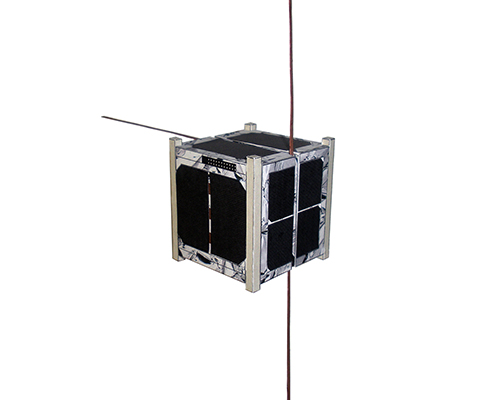 4
4
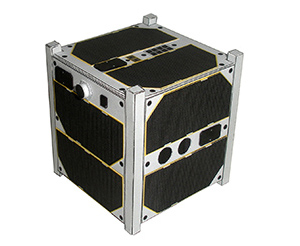
1..TRS Picosatellite Mk1 - Tetrahedral Research Satellite (TRS).The world's first picosatellite and would be the forerunners of the much more capable picosatellites of today. First launch on September 17, 1962.
Download
2..Diwata-1 - The first Philippine microsatellite and the first satellite built and designed by Filipinos. launched to the International Space Station (ISS) in March 23, 2016, and was deployed into orbit from the ISS in April 27, 2016.
Download
3..ArtSat-1 - ARTSAT1: Invader (INteractive satellite for Art and Design Experimental Research), the world's first art satellite, launched on February 28, 2014.
Download
4..ESTCube-1 - The first Estonian satellite and first satellite in the world to attempt to use an electric solar wind sail (E-sail), launched on 7 May 2013.
Download
5
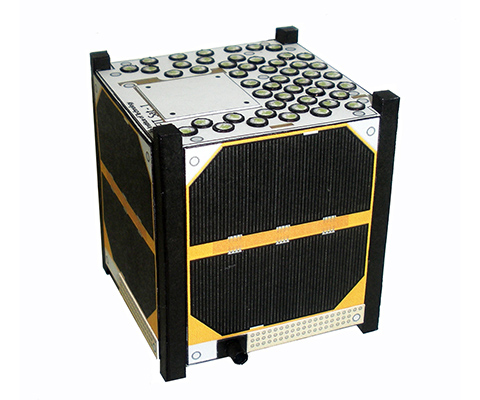 6
6
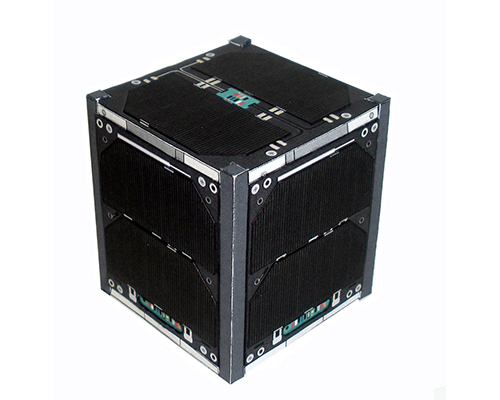 7
7
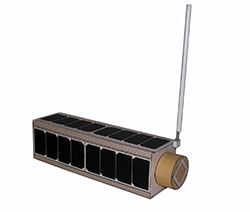 8
8
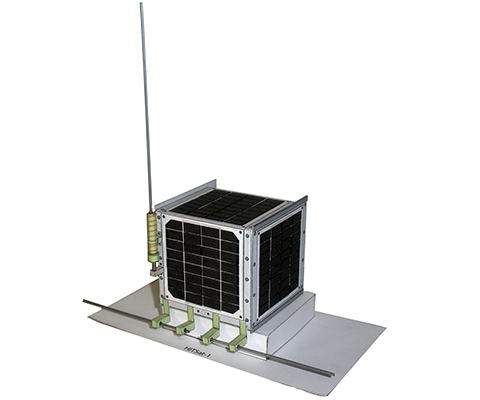
5..FITSat-1 (nickname: Niwaka) - Demonstrated a high-speed transmission module for a small satellite and a visible light communication experiment using high power LEDs (Light-Emitting Diodes) between the satellite and the ground. launched from the ISS on October 4, 2012.
Download
6..FUNCube-1 - The first spacecraft to have a primary mission of educational outreach to schools and the smallest ever satellite to carry a linear transponder for radio amateurs. Launched on Nov 21st 2013.
Download
7..GeneSat-1 - NASA's first fully automated, self-contained biological spaceflight experiment on a satellite of its size. Knowledge gained from GeneSat-1 would help scientists understand how spaceflight affects the human body. GeneSat-1's onboard micro-laboratory includes sensors and optical systems that can detect proteins that are the products of specific genetic activity.
Download
8..HITSat - Developed by the "Hokkaido Cube Sat Development Team" which is a group of university staff and general engineers who are interested in satellite development in Hokkaido Japan. Launched On September 23, 2006.
Download
9
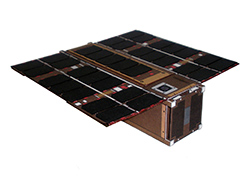 10
10
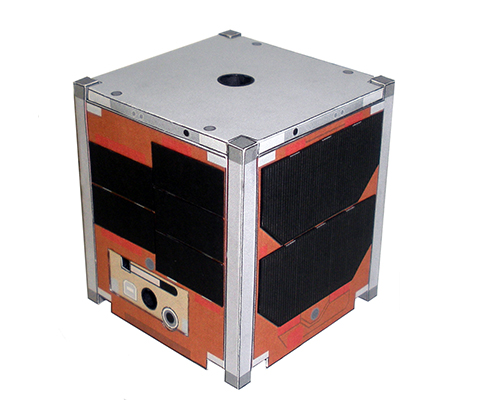 11
11
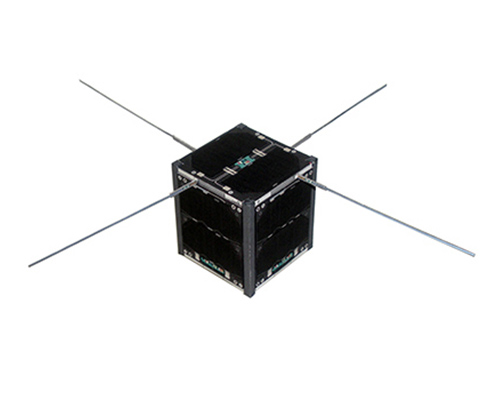 12
12
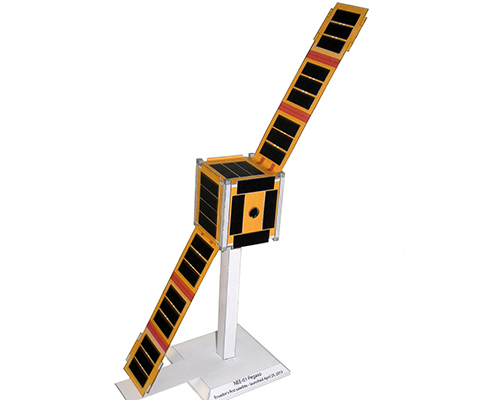
9..IceCube - Measures cloud ice levels using a radiometer, is the first small satellite project managed by Goddard Space Flight Center's Wallops Flight Facility.
Download
10..iCube-1 - Pakistan's first Cubesat satellite was launched on November 21, 2013.
Download
11..Nayif-1 (FUNcube-5) - First ever CubeSat designed and manufactured by Emirati engineers. It was launched along with 103 other small satellites, a record for a single launch on February 15, 2017.
Download
12..NEE-01 Pegaso - Ecuador's first satellite, launched on April 25, 2013. The satellite carries many advanced technologies which by themselves are firsts for this kind of spacecrafts: It will become the first nanosatellite able to transmit live video from space, is the first of its kind in being equipped with a multilayer shield composed by polymers and alloys that allows the spacecraft to withstand solar flares and other space hazards, it is the first to have a thermal stabilization system based in carbon nanotubes, it has the world's most thin solar panels, measuring only 1.5 millimeters thick, made of 99.98% pure titanium and it's the first in its class to have multiple deployable solar panels, also it has the biggest power matrix ever carried by a 1U cubesat with 28.8 amperes of total installed capacity in a volume of only 200 cubic centimeters.
Download
13
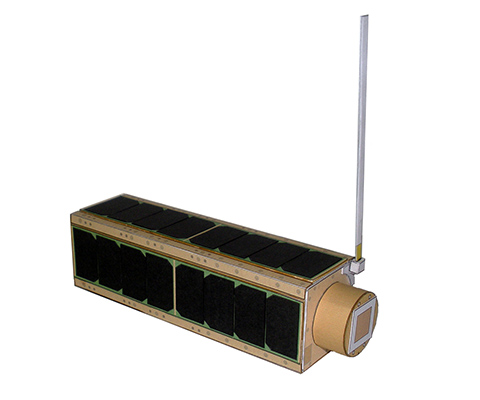 14
14
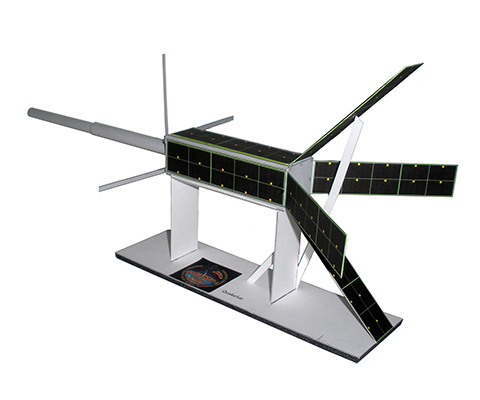 15
15
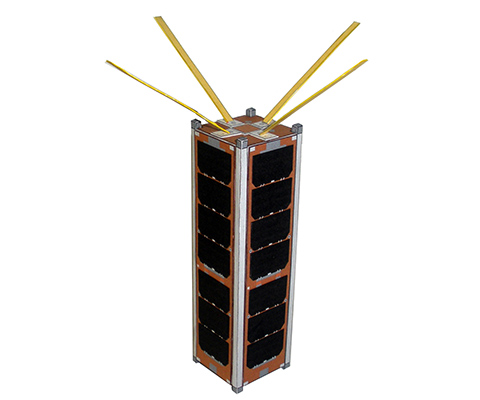 16
16
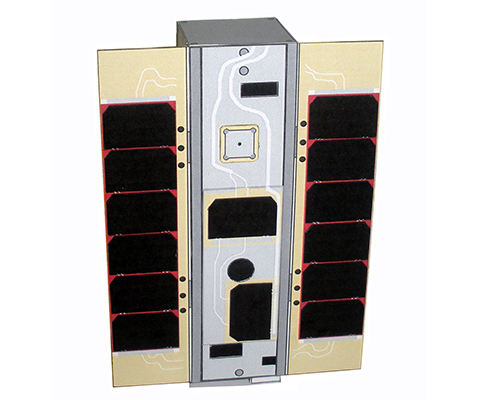
13..O/OREOS (Organism/Organic Exposure to Orbital Stresse)- NASA's first cubesat to demonstrate the capability to have two distinct, completely independent science experiments on an autonomous satellite. It follows the footsteps of GeneSat-1. Launched on November 19, 2010.
Download
14..QuakeSat - Overall objective is earthquake signature detection. It was part of the first multiple launch CubeSat mission, involving some 6 Cubesats as secondary payloads, and a primary commercial payload, took place June 30, 2003.
Download
15..RAX-2 (Radio Aurora Explorer 2) - The primary mission objective of RAX-2 is to study large plasma formations in the ionosphere, the highest region of our atmosphere. RAX-2 successfully made the first-ever measurement of naturally occurring auroral turbulence recorded using a nanosatellite radar receiver. Launched October 28, 2011.
Download
16..STRaND-1 (the Surrey Training, Research and Nanosatellite Demonstrator) - The world's first smartphone in Space and also be the first UK CubeSat to be launched. At the heart of STRaND-1 is a Google Nexus One smartphone with an Android operating system. It is also flying a 3D printed part, believed to be the first to fly in space. Launched on Feb 25, 2013.
Download
17
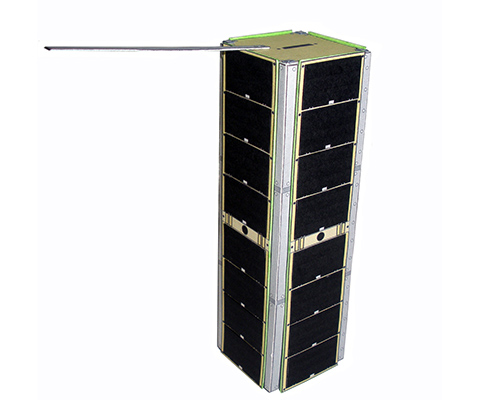 18
18
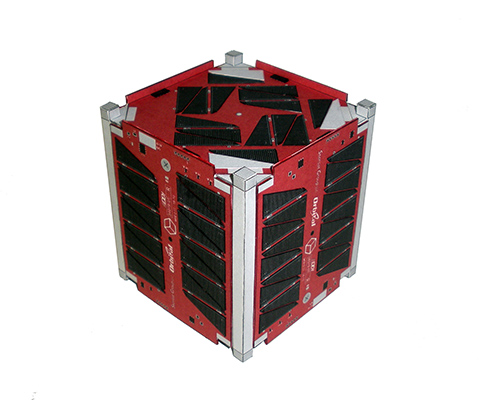 19
19
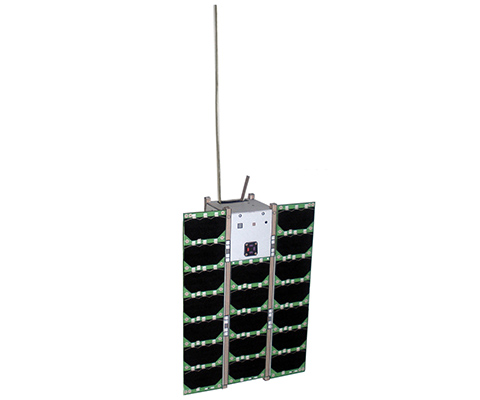 20
20
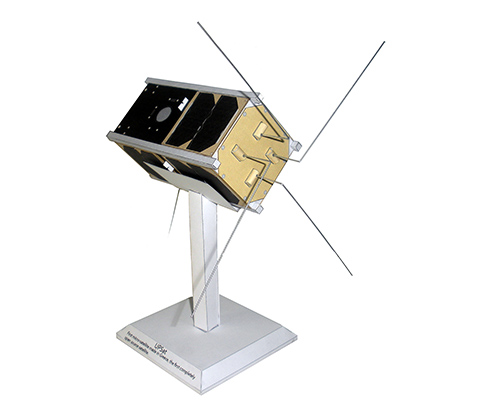
17..TigriSat - The first satellite launched for Iraq on June 19, 2014.
Download
18..TJ3Sat - The first satellite in history built by high school students to be launched into orbit from NASA's Wallops Flight Facility on November 19th, 2013. The culmination of 7 years of work by more than 50 students.
Download
19..MinXss (Miniature X-ray Solar Spectrometer) - was the first launched NASA Science Mission Directorate CubeSat with a science mission. MinXSS launched on 2015 December 6 to the International Space Station. Its mission is to measure the solar soft X-ray spectrum from about 0.5 keV (25 A) to 30 keV (0.4 A) with ~0.15 keV FWHM spectral resolution. This part of the solarelectromagnetic spectrum is where the largest enhancement from solar flares is expected to occur. It also has an important impact on Earth ionospheric chemistry.
Download
20..UpSat - The first micro-satellite made in Greece and is also the first satellite that its mechanical designs, software, and the vast majority of its components are freely available under open hardware and open software licenses, making it to be the first completely open source satellite ever launched. UPSat sports an embedded Linux board (DART-4460) running a modified version of the OpenWRT operating system The satellite was launched to the ISS on April 18, 2017.
Download
21
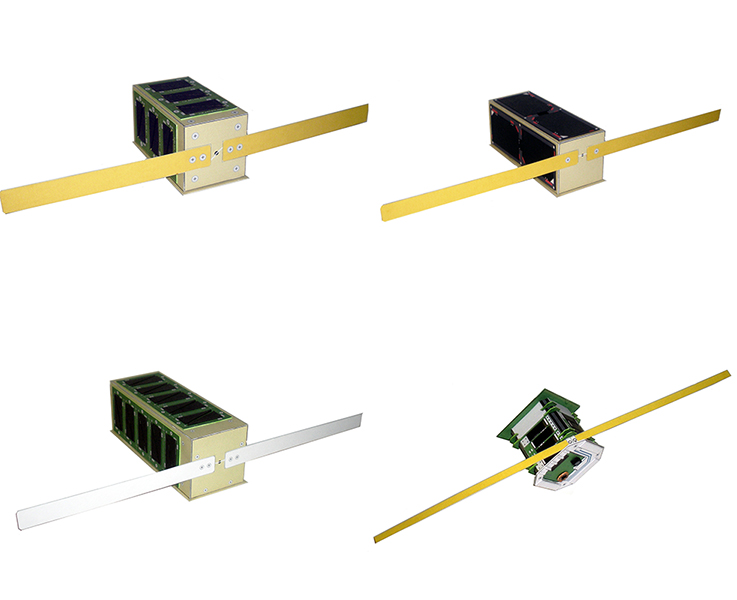 22
22
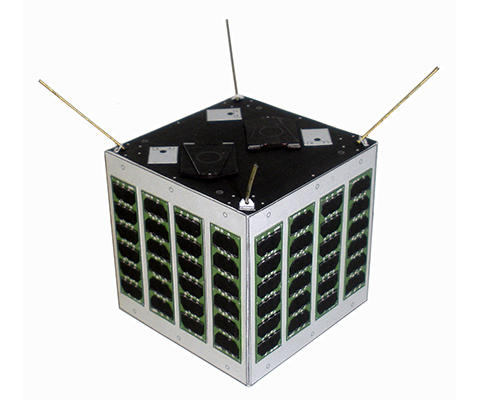 23
23
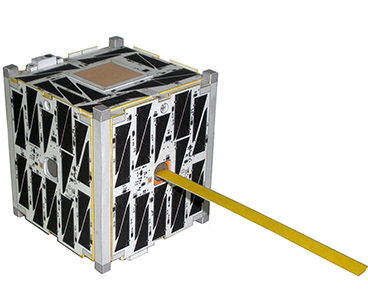 24
24
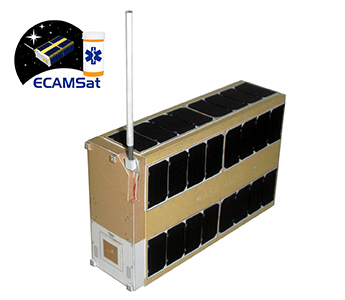
21..PocketQubes - A PocketQube is a type of miniaturized satellite for space research that usually has a size of 5 cm cubed, has a mass of no more than 180 grams, and typically uses commercial off-the-shelf components for its electronics.Invented by Professor Robert J. Twiggs (Morehead State University) in 2009 with the intention was for a satellite which could fit in your pocket, hence the name PocketQube. The first 4 PocketQube Satellites in history were launched on 21 November 2013 onboard their mothership Unisat-5.They were The Wren, T-Logoqube (Eagle-1), $50Sat (eagle2) and Qubescout-S1.
NOTE:The download file contains all 4 pocketqubes listed.
Download
22..UniSat-5 - The fifth microsatellite of the UniSat program of the University of Rome. UniSat-5 carried four CubeSats: PUCP-Sat-1 (Peru), ICUBE-1 (Pakistan), HUMSAT-D (Spain), Dove-4 (USA); and four PocketQubes: $50Sat (USA), T-Logoqube (USA), WREN (Germany), QubeScout-S1 (USA). The following facts reveal the significance of this event: First launch of Cubesats and PocketQubes from another nanosatellite, First launch of PocketQubes ever, First Peruvian satellites, PUCP-Sat-1 and PocketPUCP-Sat (that will be released from PUCP-Sat-1), First test of Pulsed Plasma Thruster on a picosatellite (WREN by Sta.do.Ko).
Download
23..PhoneSat 2.5 - fifth in the series of PhoneSat nanosatellite technology demonstration missions developed by NASA Ames Research Center, launched into space on April 18, 2014 aboard the Space Exploration Technologies (SpaceX) Falcon 9 rocket from Cape Canaveral Air Force Station. The PhoneSats feature smartphones running the Android operating system and build the centerpiece of the 1-unit Cubesats. The main purpose of the phones is to control all critical functions of the satellite, determine its attitude with the phone's sensors, store data, provide acceleration data and take images of Earth with the 5-Megapixel camera of the phone.
Download
24..EcAMSat (E. coli AntiMicrobial Satellite) - NASA's first 6U CubeSat and is a nanosatellite developed by NASA Ames Research Center. The primary scientific purpose of the EcAMSat mission is to investigate how and whether space microgravity affects the antibiotic resistance of E. coli, a bacterial pathogen responsible for urinary tract infection in humans and animals. Bacterial antibiotic resistance may pose a danger to astronauts in microgravity, where the immune response is weakened. Scientists believe that the results of this experiment could help design effective countermeasures to protect astronauts' health during long-duration human space missions.
Download
25
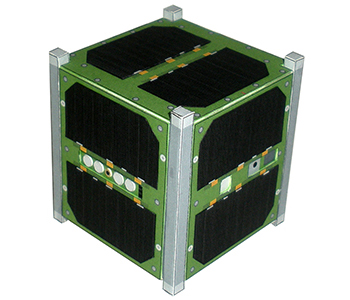 26
26
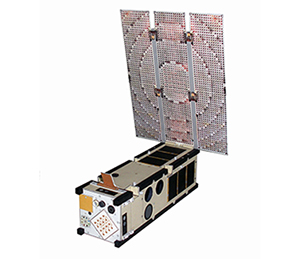 27
27
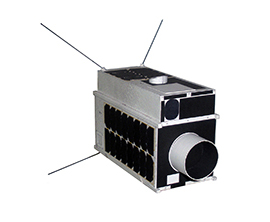 28
28
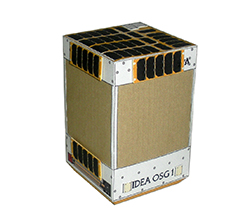
25..MakerSat-0 - Idaho's First Satellite. MakerSat is a technology proof-of-concept mission from NNU (Northwest Nazarene University) of Nampa, Idaho, USA, that will demonstrate microgravity additive manufacturing, assembly, and deployment of a CubeSat from the ISS (International Space Station). Not only a first for Idaho, the 3D printed CubeSat is the first satellite ever to be sent to space for the explicit purpose of gathering data and information about how 3D printed polymer materials react and can endure when exposed to the harsh environments of outer space.
Download
26..ISARA (Integrated Solar Array and Reflectarray Antenna) - ISARA will be the first in-space demonstration of a reflectarray antenna as well as that of an integrated antenna and solar array. No reflectarray has ever flown in space. It has been discussed over the years, but now we're going to demonstrate it does work in the space environment. The ISARA design is particularly unique because it incorporates 24 solar cells on the side of the panels opposite the reflectarray, so it can provide both prime spacecraft power and a high speed datalink. ISARA was launched on November 12, 2017 on the Cygnus Orbital ATK CRS OA-8 Mission to the ISS on the upgraded Orbital ATK Antares 230 vehicle.
Download
27..GHGSat-D (Green House Gas - Demonstrator), nickmane "Claire"- World's first high-resolution satellite capable of measuring greenhouse gas carbon dioxide (CO2) & methane (CH4) emissions from any industrial facility in the world. GHGSat was launched to a polar orbit around the Earth on 21 June 2016 aboard a Polar Satellite Launch Vehicle by the Indian Space Research Organization.
Download
28..IDEA OSG 1 - IDEA OSG 1 is the world's first micro-size satellite for the tracking and mapping of space debris.Space debris is made of man-made objects such as rocket upper bodies, non-functioning satellites, metal fragments, etc.The Satellite was Launch on November 28, 2017 but failed to reach orbit due to a guidance software malfunction on the launch vehicle.
Download
29
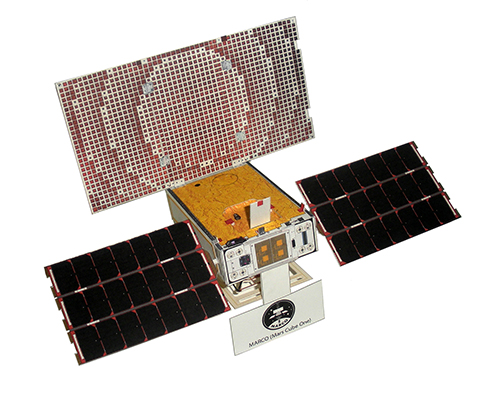 30
30
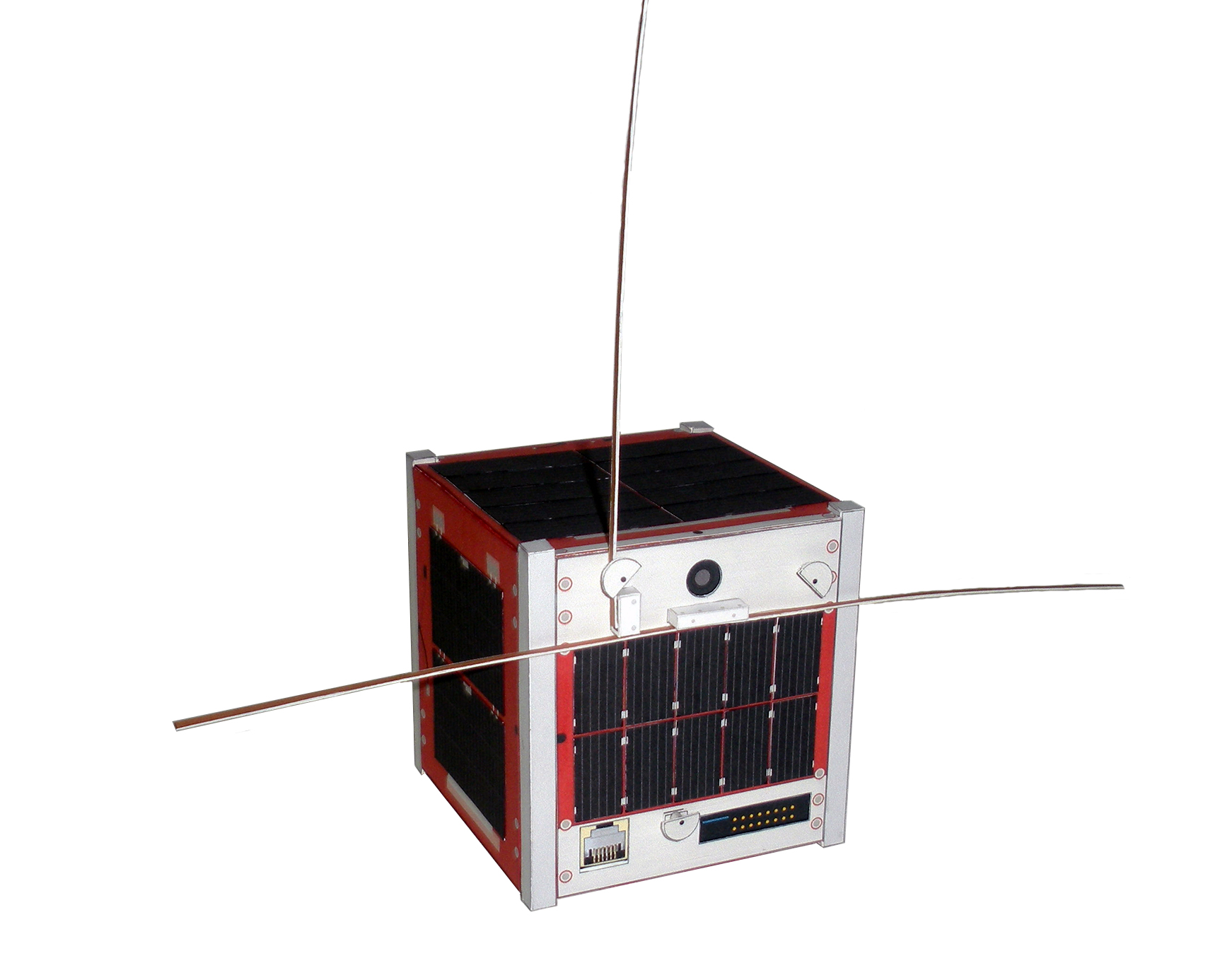 31
31
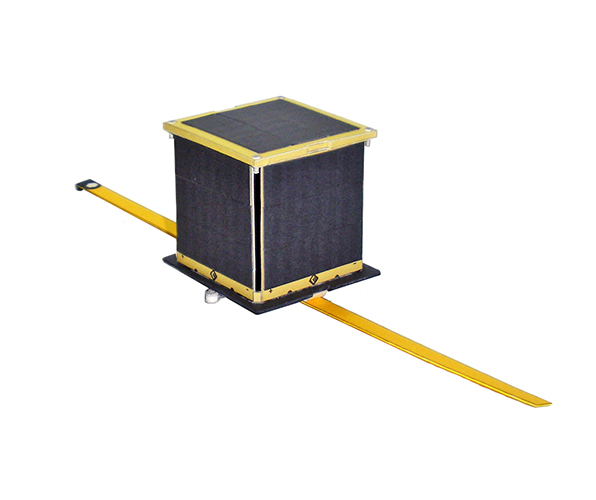 32
32
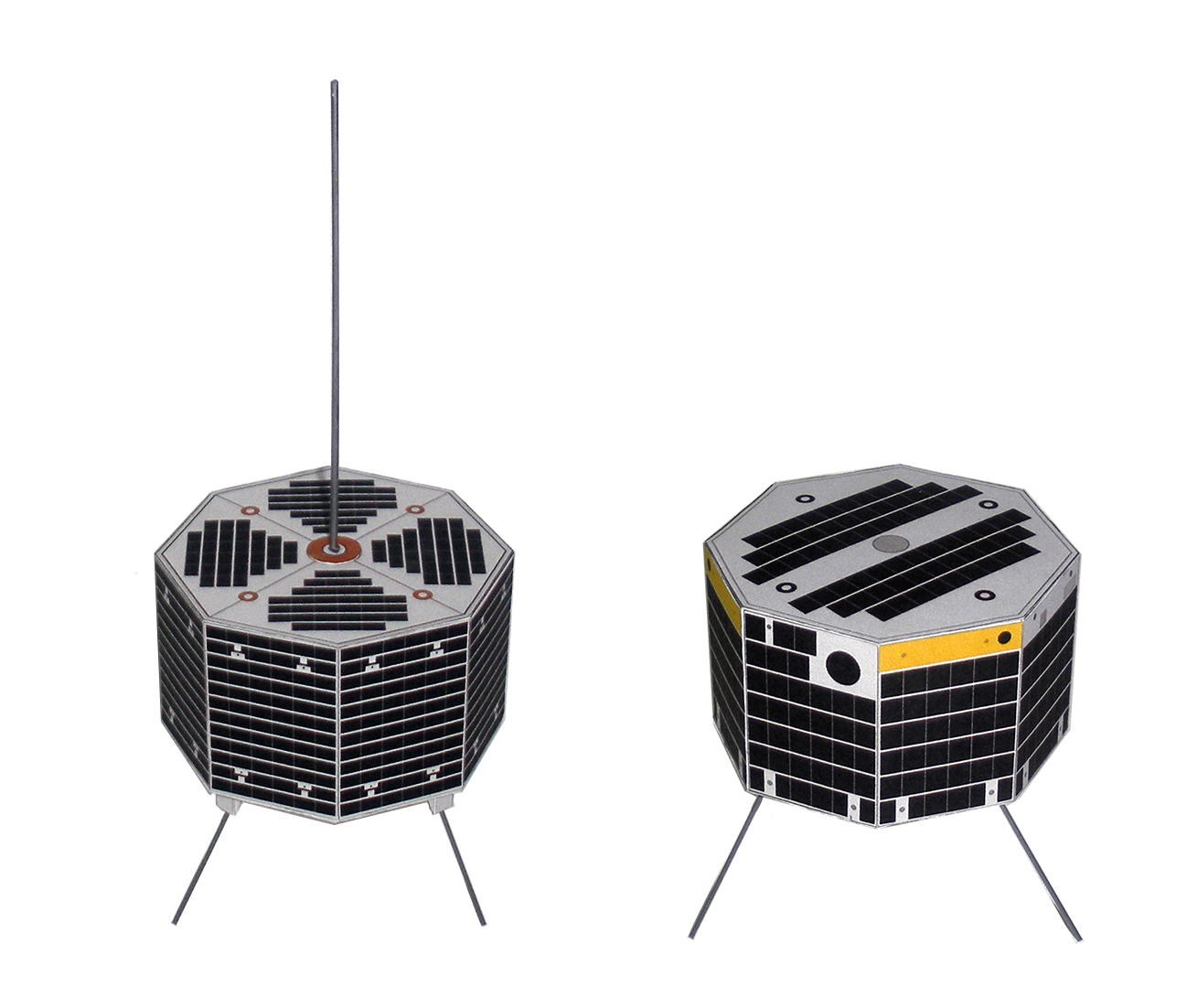
29..MARCO (Mars Cube One) - A technology demonstration accompanying InSight Mars lander, MarCO is the first cubesat to go to another planet (First to leave Earth's orbit). They will act as communications relays during InSight's entry, descent and landing (EDL) operations. This test mission could lead to many other SmallSat applications for exploring our solar system. Two identical MarCO spacecraft will head for Mars, the reason is redundancy in case either one does not operate as planned. MARCO was launched on 5 May 2018 alongside NASA's InSightMars lander mission onboard a Atlas V rocket from Vandenberg Air Force Base in California.
Download
30..XI-V (X-factor Investigator-V) CubeSat - The world's first artificial satellite that posts information and photos from space to social media websites (Twitter) in real time without human hands.
Download
31..QUBIK-1 and 2 CubeSat - QUBIK mission is a twin PocketQube satellite mission, designed for amateur radio service and experiment. The science mission of Qubik is to experiment with LEOP and passive RF orbit determination. The PocketQubes are tasked to perform Launch and Early Operations Phase (LEOP) Satellite Identification and Tracking experiments. Among the objectives of the experiments is to be able to unambiguously identify satellites early on after deployment and to be able to generate and update existing orbital elements based on Doppler curve tracking. These objectives must be explored in a scalable, distributed and open-source way consistent to the Principles of the Libre Space Manifesto. The fourth objective of the experiments focuses on an in-orbit validation of a re-usable open-source PocketQube Platform.
Download
32..UniSat 1 and 2 - UniSaT-1 is the first UNISAT (University Satellite) created by the GAUSS Group of Astrodynamics of the School of Aerospace Engineering (Scuola di Ingegneria Aerospaziale) of the University of Rome (Universita degli Studi Roma "La Sapienza"), composed by University professors, researchers and students of the School and the faculty of Aerospace Engineering. UniSat spacecraft was successfully launched the 26 September 2000 from the Cosmodrome of Baikonur (Kazakhstan) onboard the DNEPR Launch Vehicle.
UniSat-2 is a follow-up microsatellite project of the University of Rome, launchrd from the Baikonur Cosmodrome on a Dnepr-1 vehicle on Dec. 20, 2002.
This kit contains both models.
Download
33
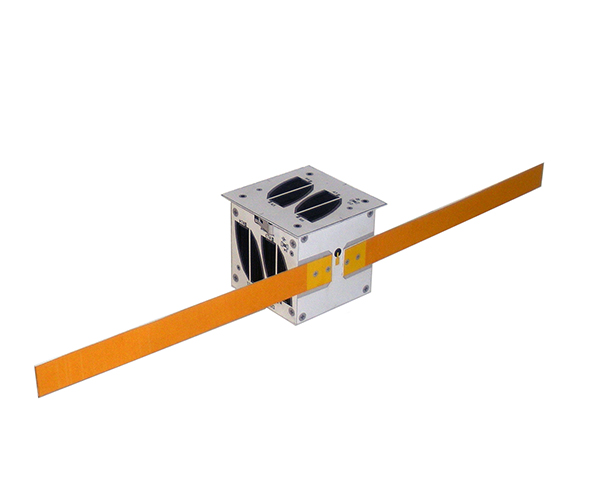 34
34
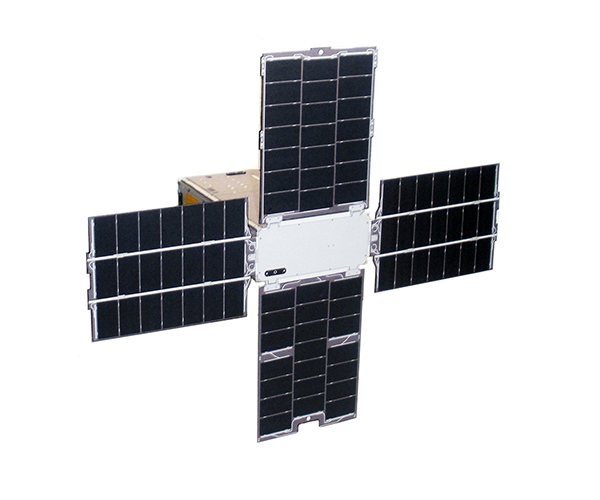 35
35
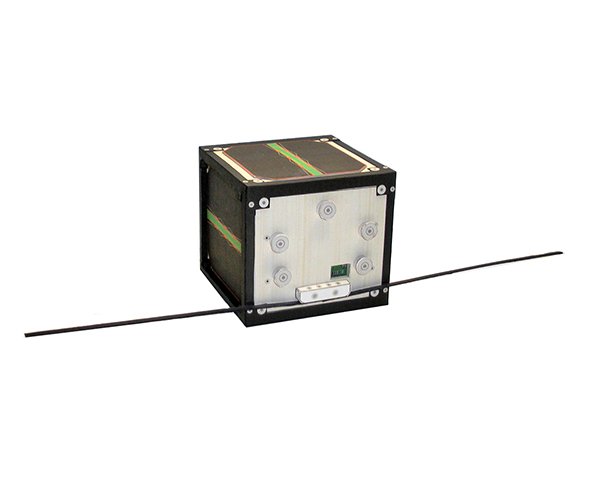 36
36
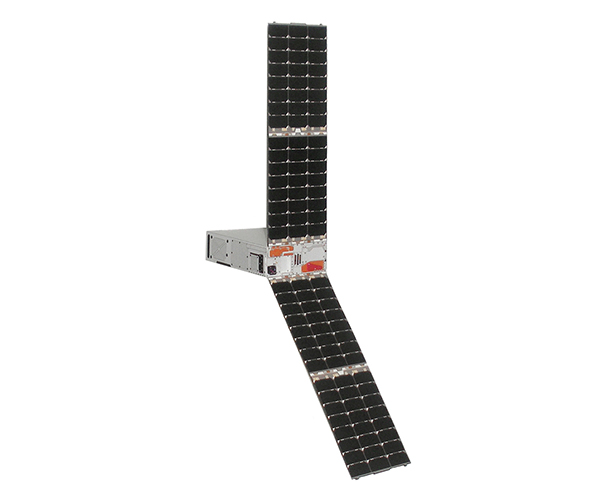
33..DIY-1 Pocketqube - The first Argentine PocketQube. The Argentine satellite was launched into space on 03/22/2021 aboard the Soyuz-2 rocket. It transmits telemetry in RTTY and FSK 0.5 baud modes about its health status in the UHF amateur radio band.
Download
34..BioSentinel - The first deep space biology CubeSat mission.The limits of life in space - as we know it - is 12.5 days on a lunar round trip or 1.2 years in LEO. As we send people further into space, we need to understand the biological risks and how they can be addressed. BioSentinel is a yeast radiation biosensor designed to measure the DNA damage response caused by space radiation with the goal of providing a tool to study the true biological effects of the space environment at different orbits. Space radiation environment's unique spectrum cannot be duplicated on Earth. It includes high-energy particles, is omnidirectional, continuous, and of low flux. On Nov. 16, 2022, BioSentinel was launched to deep space aboard Artemis I. On Dec. 5, 2022, it began science operations in deep space. On Dec. 19, 2022, BioSentinel began ground control science operations at Ames.
Note: This kit contains the detailed and easy versions.
Download
35..LignoSat, World's first wooden satellite - Traditional artificial satellites are typically made of metal. However, concerns have been raised about the environmental impact of oxidized aluminum particles released during the satellites' re- entry into the atmosphere. In contrast, wooden satellites would burn up completely during re-entry. It would not release harmful substances, offering a more environmentally friendly alternative. On May 28, 2024 Kyoto University and Sumitomo Forestry announced the completion of the world's first wooden satellite, a project that has been years in the making. Japan plans to launch the world's first wooden satellite this September, 2024.
Note: This kit contains the detailed and easy versions.
Download
36..PREFIRE (Polar Radiant Energy in the Far-InfraRed Experiment) - will measure the amount of heat the Earth emits into space from its polar regions. This information is key to understanding the balance of energy coming into and out of Earth and how that affects the planet's climate. Two shoebox-size satellites will orbit the planet and take the first-ever systemic measurements of heat loss from the Arctic and Antarctic in far-infrared wavelengths. The data from PREFIRE will help scientists update climate and ice models, which will lead to better predictions of how sea level, weather, and snow and ice cover are likely to change. PreFire was launched into Earth's orbit on May 25, 2024.
Note: This kit contains the detailed and easy versions.
Download
37
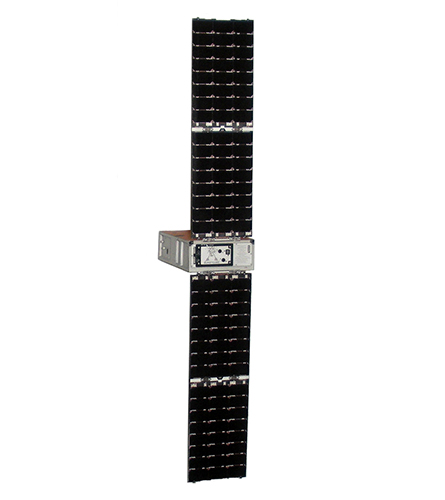
37..BurstCube - BurstCube is a shoebox-sized satellite designed to study the universe's most powerful explosions. It will hunt for short bursts, which last less than two seconds. Short bursts most commonly occur following the collisions of neutron stars, the superdense remnants of massive stars that exploded in supernovae. It was launched to the International Space Station aboard SpaceX's 30th Commercial Resupply Services mission on March 21, 2024, and deployed into orbit on April 18, 2024.
Note: This kit contains the detailed and easy versions.
Download